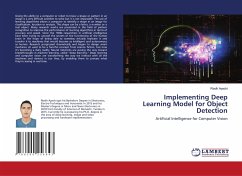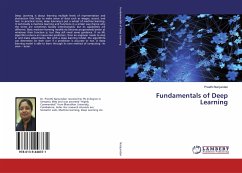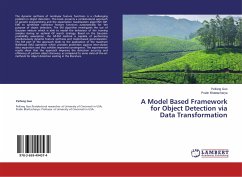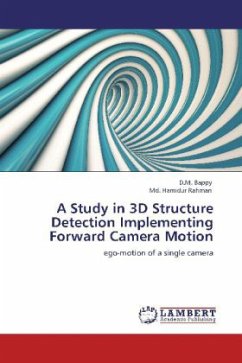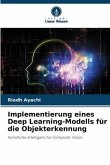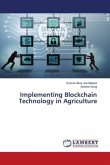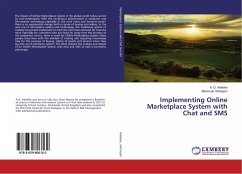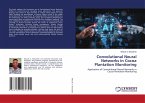Giving the ability to a computer or robot to know a shape or pattern in an image is a very difficult problem to solve but it is not impossible. The use of learning algorithms allows a computer to identify a shape in an image for classification, location or analysis. This shape can be a letter, a number or a real object. Many research works are presented in the field of pattern recognition to improve the performance of learning algorithms in terms of accuracy and speed. Since the 1940s researchers in artificial intelligence have been trying to unravel the secrets of the functioning of the human brain in the hope of being able to someday virtually replicate it and transfer it to machines that would become as intelligent and autonomous as human. Research progressed dramatically and began to design smart machines. AI used to be a fanciful concept from science fiction, but now it's becoming a daily reality. Neural networks are paving the way toward breakthroughs in machine learning, called "deep learning." Deep learning and computer vision are transforming the way we interact with all the machines and devices in our lives, by enabling them to process what they're seeing in real time.
Bitte wählen Sie Ihr Anliegen aus.
Rechnungen
Retourenschein anfordern
Bestellstatus
Storno

